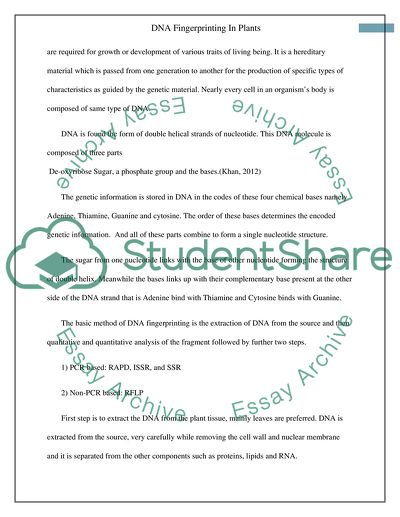Cite this document
(The Basic Technique of Fingerprinting Case Study, n.d.)
The Basic Technique of Fingerprinting Case Study. Retrieved from https://studentshare.org/biology/1583731-how-plants-are-fingerprinted-genetic
The Basic Technique of Fingerprinting Case Study. Retrieved from https://studentshare.org/biology/1583731-how-plants-are-fingerprinted-genetic
(The Basic Technique of Fingerprinting Case Study)
The Basic Technique of Fingerprinting Case Study. https://studentshare.org/biology/1583731-how-plants-are-fingerprinted-genetic.
The Basic Technique of Fingerprinting Case Study. https://studentshare.org/biology/1583731-how-plants-are-fingerprinted-genetic.
“The Basic Technique of Fingerprinting Case Study”. https://studentshare.org/biology/1583731-how-plants-are-fingerprinted-genetic.


